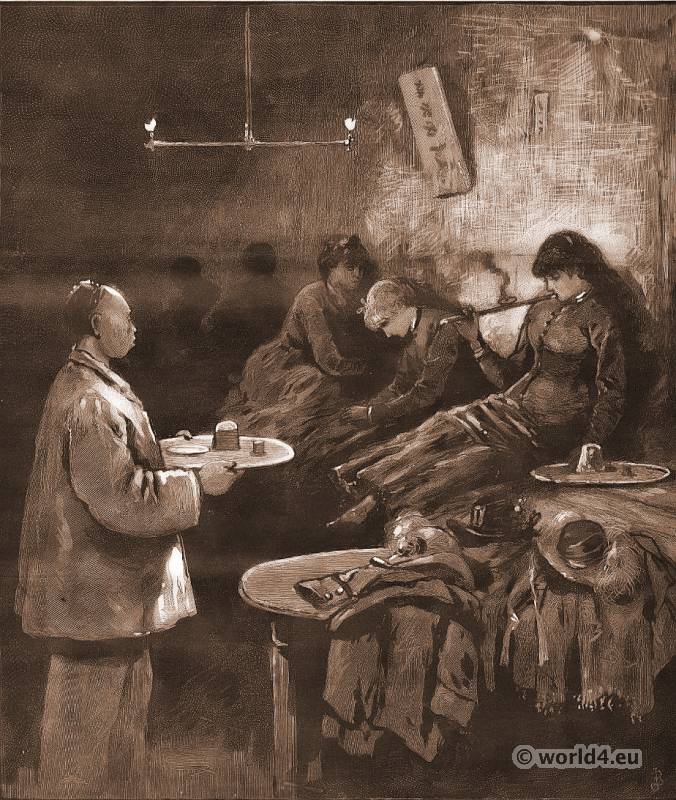
Albany today is the capital of the US state of New York and the administrative seat of Albany County.
ALBANY
by W. H. Bartlett 1840.
Albany is the second city in the State of New York, in population, wealth, and commerce. It stands on the west bank of the Hudson, and about one hundred and forty-five miles from New York by the river, and near the head of sloop navigation. It is built just over the pitch of an extensive plain, lying between the Mohawk and the Hudson, and has very much the look of a city sliding down hill.
The history of Albany is not very definite, touching its first settlement. The probability seems, that, in 1614, the Dutch erected a fort and trading-house on an island just below the city; and also, in nine years after, a fort, which they called Fort Orange, on the present site. It would appear to have been canonically christened, and has been called at different periods Auralia, Beverwyck, and Williamstadt. “All this time,” says the historian, “it was known also by the name of ‘The Fuyck.’ “The Indian appellation in which it rejoiced was Schau-naugh-ta-da, or Once the pine plains.
Albany is the residence of several of the oldest and wealthiest families in the State; but except this, it is a mere centre of transit—the channel through which passes the vast tide of commerce and travel to the north and west. The Erie and Champlain canals here meet the Hudson; and that which is passed up by this long arm from the sea, is handed over to the great lakes by the other two,—as if old Enceladus had been turned into a “worky,” and stood with his long arms between salt water and fresh.
The association most people have with Albany, is that of having lost a portmanteau *) there. The north-river steam-boats land you with from three to seven hundred passengers upon a narrow pier, in the dusk of the evening, where you find from three to seven hundred individuals (more or less), each of whom seems to have no other object in life, than to persuade you, at that particular instant, to go by a certain conveyance, or to stop at a certain hotel.
*) a special wardrobe trunk

Upon setting your foot on shore, you find yourself among five or six infuriated gentlemen, two or three of whom walk backward before you, and all talking at the pitch which is necessary to drown the deepening hiss of the escape-valve and each other’s voices.
If you attempt to reason, you have no sooner satisfied the aforesaid six, that your route, your baggage, and your choice of an hotel, are matters in which they cannot be of the slightest assistance to you, than six more take their places, who must be satisfied as well; and so on in the same order.
If you resolutely shut your lips, silence is taken for consent your; baggage is seized, and disappears before you have recovered from your amazement; and your only course is to follow the most importunate of your remaining five persecutors to an hotel; advertise in the next morning’s paper for your portmanteau; and wait in Albany till it returns from Canada or Lake Erie, or till you are reconciled to its loss.
One of the most amusing scenes in the world, if it were not so distressing, is to see a large family of rather respectable emigrants landed by the steamer in Albany. It is their first step inland; and with all the confidence of those who are accustomed to countries where a man’s person and property are outwardly respected, they yield their children and baggage to the persuasive gentlemen who assure them that all is right; and if a passing wonder crosses the mind of the sufferer, that his route should be so immediately comprehended by a perfect stranger, it is chased away the next moment by his surprise at the scene of bustle and confusion.
At the end of five minutes the crowd thins a little, and he looks about for his family and effects. A stage coach is dashing off at top-speed in one direction, with his eldest daughter stretching out of the window, and crying in vain that there is some mistake; his two youngest are on board a steam-boat just off from the pier, and bound eight miles further up the river: the respectable part of his baggage has entirely disappeared; and nothing but his decrepit grandmother and the paternal bedstead (both indebted for their escape to being deaf, and not portable,) remain of his family and chattels.
For his comfort, the gentry around inform him that his children may be got back in a day or two, and he may find his baggage somewhere on his route to the west—offering, for a consideration not very trifling, to send off an express for either one or the other.
Albany is the seat of government, and has a State House, of which the historian of New York remarks: “In the structure of this edifice, the rules of architecture, whether Egyptian, Hindoo, Chinese, Grecian, Roman, Saracenic, Gothic, or Composite, have been violated.” Lately, however, a taste for a better style of architecture seems to prevail; and in North Pearl-street we lately noticed a facade (we think, of a new church,) in a very pure and beautiful style. The private houses of Albany are built, many of them, very expensively; and the city is remarkable for its hospitality.
Source: American Scenery; or, Land, Lake, and River Illustrations of Transatlantic Nature. From Drawings by W. H. Bartlett. Engraved by R. Wallis, J. Cousen, Willmore, Brandard, Adlard, Richardson, &c. The Literary Department By N. P. Willis, Esq. London: George Virtue 26, Ivy Lane. 1840.

Continuing






